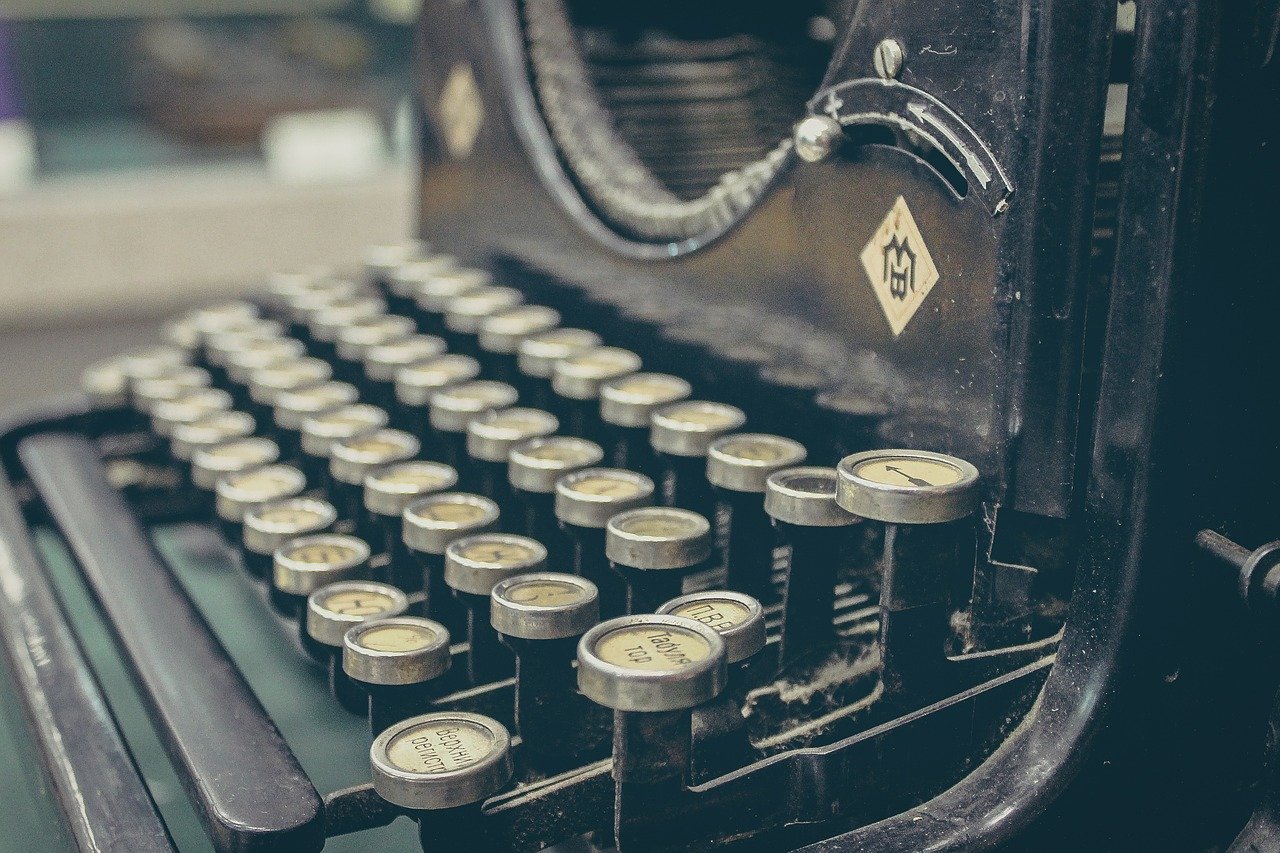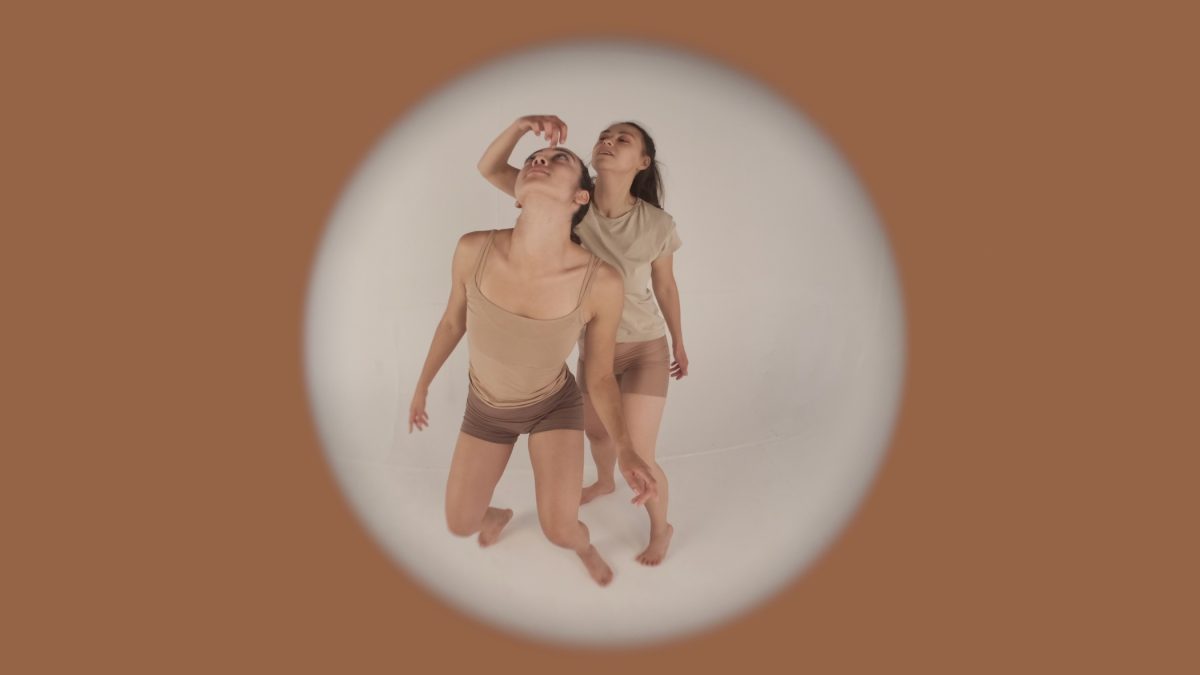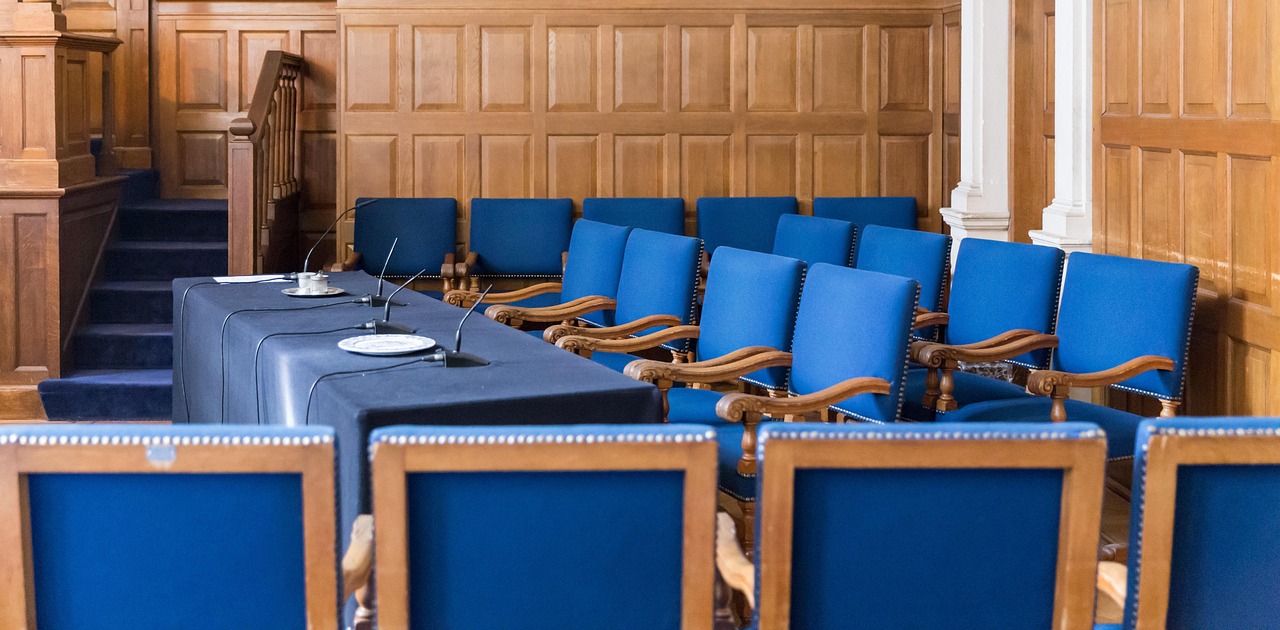The next series of interviews is about contact and life story work. Knowing about their birth history and learning to understand it is really important for adopted children. This post written by Dr John Simmonds, is a great introduction to life story work.
I think knowing how important it is can sometimes place more pressure on adoptive parents. I really worried about writing contact letters and also starting life story work with our eldest daughter. So I thought it would help those who aren’t at that stage yet, to read how others have gone about it.
The first interview is with Chris. I love how he and his husband have made a road map so that life story work is interesting and fun for their son. You can follow his family’s journey on Instagram. Chris has written a book about his adoption journey, which looks at some of the issues he and his husband faced as a gay couple. My Adoption Journey is available from Amazon in both paperback and now Kindle.

Introduce yourself and your family
My name is Chris and I adopted our little six-year-old boy with my husband Ricky. Our son was five when he moved in with us.
How often do you have contact with birth family?
We send a letter once a year which we do in August. Doing it over the summer gives our little guy some time to think about whether he wants to add pictures. We did a settling-in letter a month or two after he moved in.
We have had conversations and letter exchanges with his brother, which we do as and when. Contact with him is not through the courts more between us and his brother’s foster family.
How does this happen?
We do this via letter. We did offer to meet his mum if she wanted and if the social workers felt it would be of some benefit, but we never heard back.
What kind of things do you include in the letters? Do you send anything else like photos or pictures drawn by your children?
We ask our little guy if he wants to add anything. Otherwise, we just say how he is, how his health is, and how he is doing at school. We include any hobbies that he has started doing. We try to keep it to the point and not to waffle too much.
Do you write the letters or does your child get involved too?
We write the letters now and ask little man if he wants to say anything to his mum. When he’s older, we will include him more often.
Have you requested any help and support in connection with contact from your agency? If so, what sort of help did you receive? Did it do what you needed it to?
We got our social worker, and little man’s social worker involved in the settling-in letter as we had no idea what to include. Since then, we haven’t needed any support. The adoption community through social media has been supportive and helpful in figuring out how to do contact.
Do you get any replies from birth family or siblings?
We have had replies from his brother but never heard back from his mum or nan.
When your child came home, did they have any memory of their birth family?
To begin with, he would talk very openly about missing his mum, nan, and brother, but this started to dwindle off. We are very open with talking to him about his birth family when he brings them up. We talk honestly about why he can’t see them. Now and again he will bring up his birth family when he’s had a memory or a dream. We are very open about talking to him about these things as and when he brings them up.
If yes, how do you do life story work with them?
We talk him through all the significant people in his life, i.e. his mum, nan, and brother. This also includes his most recent foster carers who we keep in regular contact with.
He has a road map in his bedroom which we’ve used for his life story by taking drives around and talking about these individuals when we reach their ‘destination’. He will talk through the journey and we will talk about the memories in each ‘destination’. I feel that doing this also helps him understand that he can talk about his memories in a fun way as well.
When it comes to formal life story work and going through his book, Ricky and I feel that we should do this when he’s a bit older.
Have you accessed any type of help or support with life story work?
We have used our social worker and also Adoption UK for help figuring out the best options. Another good resource we have used is New Family Social (aimed at LGBTQ+ adopters) to get advice from others on how to go about this.
If yes, what was it, how did you find out about it and did it do what you needed it to?
It was great hearing from those who had gone through it themselves. I think the best advice we were given is to go with your gut instinct in that we know our son the best. We were also told that we’d know when it was the right time. That didn’t really alleviate my fears, but it was reassuring to know that it’s different for each child and family.
How has your child reacted to life story work?
He’s taken it all in his stride which is just classic of him. He has responded well to using his car map as a way of talking through his history. I think also because we are open to talking to him about his past, it will make the future life story work easier for him to process.

If you enjoyed reading this article, why not buy me a coffee to help keep the magazine free for everyone to read? If you’d like to read more articles about adoption, health and well-being, and parenting, head over to the home page and have a look at what’s new.



